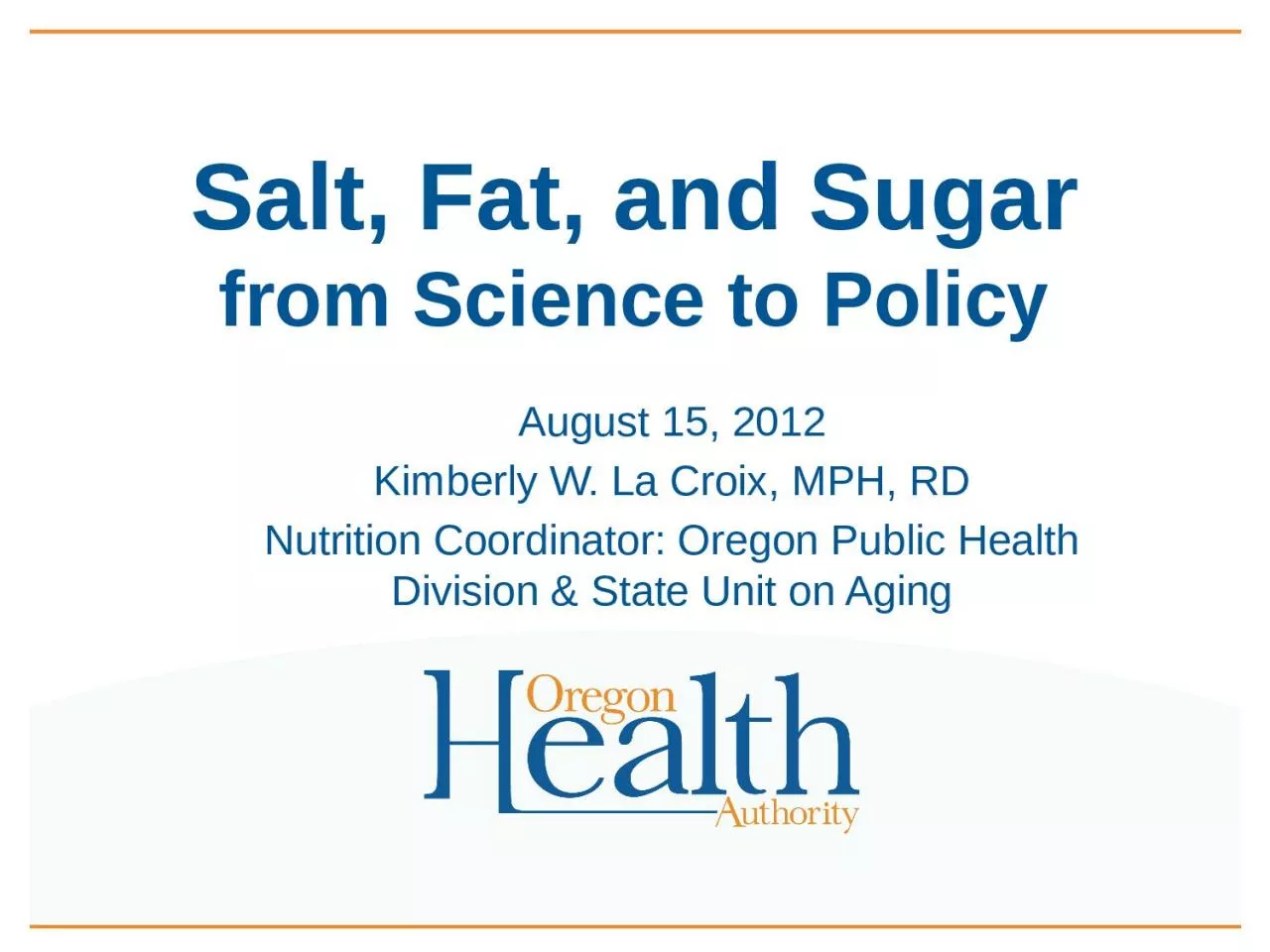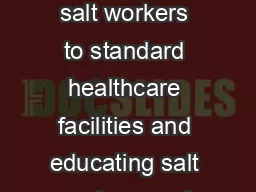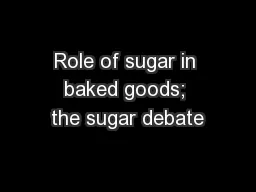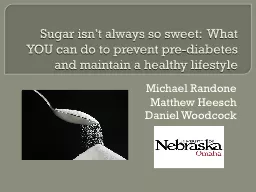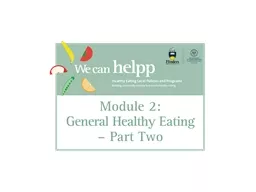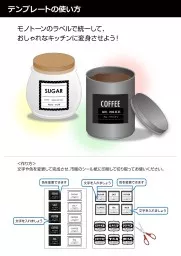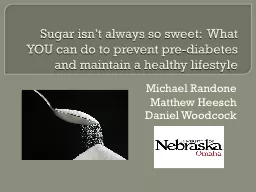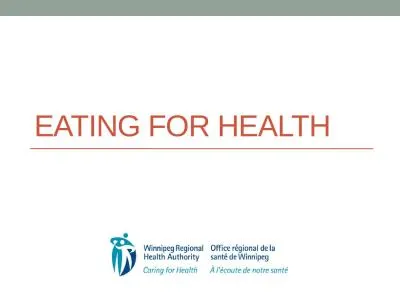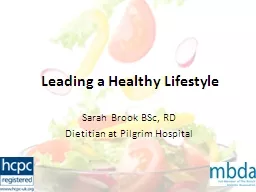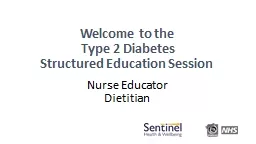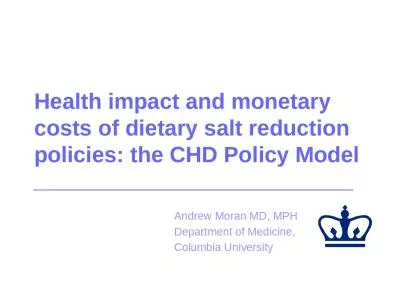PPT-Salt, Fat, and Sugar from Science to Policy
Author : BlueberryBelle | Published Date : 2022-07-28
August 15 2012 Kimberly W La Croix MPH RD Nutrition Coordinator Oregon Public Health Division amp State Unit on Aging Agenda Review of the Science sodium trans fats
Presentation Embed Code
Download Presentation
Download Presentation The PPT/PDF document "Salt, Fat, and Sugar from Science to Pol..." is the property of its rightful owner. Permission is granted to download and print the materials on this website for personal, non-commercial use only, and to display it on your personal computer provided you do not modify the materials and that you retain all copyright notices contained in the materials. By downloading content from our website, you accept the terms of this agreement.
Salt, Fat, and Sugar from Science to Policy: Transcript
Download Rules Of Document
"Salt, Fat, and Sugar from Science to Policy"The content belongs to its owner. You may download and print it for personal use, without modification, and keep all copyright notices. By downloading, you agree to these terms.
Related Documents

